Puppies can be the cutest things on God’s green earth, but they will also be your greatest frustration in the months ahead!
The aim of this New Puppy: Quick Start Guide is to make life as easy as possible as you raise your puppy and make it a pleasant experience.
I’m sure you’ve heard horror stories of puppies who devastate furniture, chew socks, destroy shoes, pee on your carpet, bark until their lungs are sore, and who knows what else.
The good news is, with a little foresight and planning, the downside of raising a puppy can be minimised, freeing you up to fall in love with your new bundle of joy.
FREE eBook!
You’re welcome to read the Puppy: Quick Start Guide on this page (transcript below), or download, keep, and share the free eBook version:
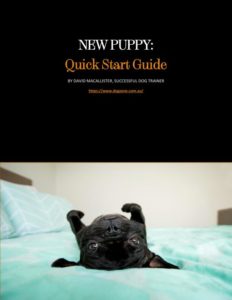
Download New Puppy: Quick Start Guide as a FREE eBook (Right-click and Save As)
New Puppy: Quick Start Guide (Transcript)
First steps
One of the first things to know about puppies is some features are breed specific and some features are common to all puppies.
For example, every puppy must be toilet trained – the onus is on you to teach them where the “bathroom” is.
Every puppy will have huge amounts of energy no matter what breed. Your puppy will calm down as they grow up, but this can be as long as three years (yes, I’m talking Labradors with this extreme).
All puppies go through a teething process and will need things to chew on. Suitably sized raw meaty bones are a good idea (if in doubt, research).
Providing your puppy with things to chew rather than letting them find things on their own is very important.
Puppy behavior varies between breeds. Some breeds exhibit puppy qualities for much longer periods of time than others. So, if you like the exuberant, affectionate qualities of puppies, then it might be wise to find a breed which exhibits these qualities for as long as the first four years of its life.
Some puppies integrate a lot more quickly into a family than others, and some get along with other pets much better than others.
A puppy from one breed may be very obedient and easy to train, and a puppy from another breed may be stubborn, willful and difficult to train. Keep these things in mind when you are picking your breed of dog.
Whatever puppy you decide to bring into your life, make sure you thoroughly research and choose a breed which suits you and your lifestyle – not the breed you find the cutest or most appealing.
Top 10 new puppy necessities
If this is your first puppy you probably won’t know where to begin. Don’t worry!
Here’s a checklist of new puppy necessities so you can be fully prepared:
- A crate. Metal or plastic sided, the crate is going to be your number one training tool! This is the safest place for your puppy when you can’t be watching him (and will also keep your furniture, shoes, remote controls, out of harms way!)
- Baby gates. These gates are great tools for sectioning off your home and keeping your pup in rooms with easy to clean floors! They also enable you to keep track of your puppy when you are cooking, cleaning, or just hanging out.
- Paper towels. Lots of them! Accidents do happen!
- Pet Stain and odour remover – See number 3! There are many different brands on the market today but choose a good one over a cheap one. You’ll find pet-specific cleaning products come in handy long after your new puppy is housebroken. Avoid budget chemical products which can harm your dog.
- A small supply of her current food. Even if you are planning on switching his diet (which many people do), it can be worth transitioning gradually! There are so many changes going on in your new puppy’s life right now, and drastically changing his diet can cause stomach upset and diarrheas. Slowly wean him off his old diet by mixing new food in with his old, in gradually increasing proportions.
- Food and Water Bowls. Pretty self-explanatory, but a weighted water dish often comes in handy with puppies who like to frolic in their water!
- Biodegradable dog poop bags. Start collecting these in advance when you make trips to the grocery store! You’re going to have lots of puppy poop to pick up (so don’t feel guilty about choosing plastic over paper).
- Puppy safe toys. Kongs are an excellent choice! Remember, no small parts that can be chewed off, and no squeakers that might be removed and swallowed. Do not give your dog cheap toys – they are not regulated and may not be safe.
- Collar & tags. Make sure you have these as SOON as your new puppy comes home, as you don’t want to risk even a moment of him being without some form of identification! Please remember to remove the collar when your pup is in her crate – it is a choking risk to leave it on when they’re young.
- Contacts of a reputable trainer & dog walker. Your puppy is going to need plenty of attention and potty breaks to keep him happy and well socialised! Good trainers are in demand, so contacting them early is the best way to secure a spot for your little prodigal pooch!
Choosing the best puppy diet
A veterinary colleague often rolls his eyes at clients who treat their dogs like “furry toys”. It may sound condescending, but it’s very important we treat our puppies as what they are – carnivorous animals (or at least mostly carnivorous meat eaters).
A dog food made mostly from “whole prey” or “animal ingredients” should be better suited to your puppy than those made of wheat, cereals, or other starchy ingredients.
Choosing the right diet for your dog will affect their whole life – health, wellbeing, longevity, activity levels, and happiness. As our dogs are unable to verbalise pain (even belly ache) it is vital we think carefully about the best food to feed them.
How to feed a dog is a very big topic, but your options are:
- A commercial dog food available from the supermarket, pet store, or online retailer. Most dog owners opt for dry food due to its convenience, cost, and longevity, but wet (tinned) foods and rolls are another option.
- Raw feeding which pays homage to the dietary habits of ancestral dogs in the wild, being a combination of raw meat, fats, organs, and bones.
- BARF foods (also known as patties) which offer you a convenient way to feed a fully prepared raw diet, with each patty being the correct mix of ingredients and ground bone.
Which diet you choose, or combination of diets, you should at the very least do basic research. If you choose a specific brand, read the ingredients and consider whether they seem appropriate, or go on the web and read some reviews.
Here are some excellent starting points for choosing the right dog food:
- If you’re in Australia, be sure to read Pet Food Reviews as an excellent way to learn about dog food ingredients (and how to tell if they’re good or not). Outside of Australia, Dog Food Advisor and Pet Food Ratings are great starting points.
- The website How to Feed a Dog is a short read but very powerful. In a few chapters it discusses how we think about dog food, how dog food is marketed, and best of all shows how it’s not a complicated a subject as we may think!
- I highly recommend the books Work Wonders by Australian vet Dr. Tom Lonsdale or Give Your Dog a Bone by Australian vet Dr. Ian Billinghurst who pioneered the BARF diet. Both are easy reading and insightful.
Where to get started with puppy training
Training a new puppy can seem overwhelming at first. New dog owners constantly wonder whether their training techniques are working, or whether their commands and teaching methods are failing to speak the dog’s language.
If you feel frustrated trying to train your puppy, you’re the norm not the rule – so don’t worry!
To help make your experience with puppy training easier and more rewarding, here’s a list of key tips to keep in mind:
Good behaviors deserve good things!
When your pup comes running after you call him to you, this should always be followed by something good, whether it is verbal praise, a treat, physical affection, or playtime with a toy he likes.
If you want your dog to come on a consistent basis, never scold him or do something he dislikes when he does come to you.
For example:
- Do not use the “come” command when you are angry at your dog and feel that you can’t praise him when he listens.
- Do not use the “come” command when exiting the dog park/putting him in a bath, etc.
- Do not use the “come” command when crate training.
Vary rewards!
Alternating rewards for your dog’s good behavior is a great way to keep him interested in training.
Use treats, praise, or a favourite stuffed toy/ball as methods of positive reinforcement. You’ll sometimes find finicky dogs will become bored with the same treats or toys every time.
You also don’t want him expecting a food reward after each and every good behavior, as he’ll quickly learn to train you. Change it to every other time, every fourth time, etc.
Yelling doesn’t teach your dog anything!
If you catch your puppy in the act of doing something you don’t want him to do (like pooping inside), use a high-pitched “ehh ehh,”, a clap, or a firm “No” to break his attention away from what he is doing.
Once you have his attention, redirect him.
If he’s chewing on a shoe, give him one of his toys.
If he’s starting to pee/poop in the house, scoop him up and outside as quickly as possible.
Train yourself to praise your puppy when he’s doing the right thing rather than scolding him when he does something you don’t want. For example, once he’s chewing on his own toy, doing bathroom business outside, etc.
Yelling at your dog when you find the aftermath of something naughty he has done while you weren’t around will only confuse him.
While some believe their dog “looks guilty,” that look only comes from him recalling your previous reactions, not from understanding that he has done wrong.
If you scold a puppy for having an accident on the floor, soon he will learn to hide under or behind furniture when he has to go and will associate the scolding with the act of relieving himself. This dog will be much more difficult to housetrain for there on in.
Ignoring isn’t always a bad thing!
There are some behaviors which don’t warrant a negative correction, as they are attention-seeking actions.
For your dog, some reaction is better than no reaction, which means ignoring him can be a powerful training tool!
Behaviors which are better to ignore are often the ones you’ll find annoying but aren’t dangerous to you or your dog.
For example:
- Whining while preparing his food.
- Whining during crate training.
- Running from you while you’re trying to take him outside.
- Barking, nipping at feet, etc.
Correcting behaviors like these isn’t useful, so make sure you aren’t unknowingly reinforcing the behavior with your timing.
If your pup is whining while you prepare his food, make sure he is quiet for a moment before you feed him. If he is vocalising during his time in the crate, make sure he has settled down before you let him out.
If your timing is off, he will believe he is being rewarded for his behavior.
As soon as he is behaving the way you want him too, give praise and rewards.
Learning with distractions is a must!
While you may believe you have the fundamentals of basic puppy training down to a tee, please do not think this replaces the need for a good puppy school.
Your dog needs to socialise with other dogs his age. During these classes he’ll be asked to perform with distractions abound, much like in the “real world”!
Having a puppy who will sit in the house is good, but as soon as he goes outside distractions multiply, and he still has to obey commands.
Exposing your puppy to a multitude of surroundings and situations is the best way to know if he fully understands what you are asking of him, and that you are his primary focus.
How to handle everyday puppy fears
You have a new puppy and you want to show her the world! Most of the time her first weeks with you are chaotic but happy and full of “firsts”.
Her first walk outside, her first trip to the pet store (or Bunnings), etc.
In these first weeks it is common to encounter a normal situation which can cause your normally friendly, confident pup to shy away from, or even bark at, a particular object or strange.
This can be surprising to a new puppy owner, but periods of fear and oversensitivity are a normal part of puppy development. However, these situations need to be handled carefully in order to help your puppy conquer her fear and prevent long-term phobias from forming.
How to handle everyday fears
If your pup is showing fear or anxiety towards an object, the key to helping her relax is in your calm demeanor.
Let’s say your dog is afraid of a balloon – a strange blowing, floating orb. She starts barking and growling in the balloon’s direction.
While you may feel silly or embarrassed at your puppy’s behavior, staying calm is key. Take your time and allow your puppy to feel out this new situation.
Step closer to the balloon, leaving some give in the leash. Do not drag your puppy towards the object.
If your puppy looks to you and responds to your stable reaction to the object (or person) and ceases her barking and growling, take another step closer to the object and praise her.
If your pup continues to shy away from the balloon, ignore her behavior.
If she continues to resist, offer her a treat, which she could only obtain if she steps towards the balloon. This rewards her for approaching the object.
How NOT to handle everyday fears
Do not pet your puppy or talk soothingly to her while she is barking or growling at an object or person.
Although you are attempting to calm your puppy down, in reality you are rewarding her fearful reaction and engraining that response.
Do not correct your dog harshly for her response.
Yelling or yanking her collar can create an association between your response and the object. This will perpetuate her fear.
Do not attempt to force your puppy closer to the object by dragging, pulling or placing her closer to it.
Remember “Slow and Steady Wins the Race” – this is always true in training. Attempting to take any shortcuts can compound your pup’s fears.
Enjoy your New Puppy!
I hope the information in this Puppy: Quick Start Guide is useful. I want you to get the most out of your new family member without too much pain and frustration.
For more tips on all things dog make sure you read my other articles, guides, and ramblings on this website!
If this guide has helped, then all I ask in return is to share it with other puppy owners or post it to your local social media groups. This makes it worthwhile for me and encourages me to write more! You’re more than welcome to share the Free eBook version at the top of this page!
Thank you and enjoy your new puppy!
David
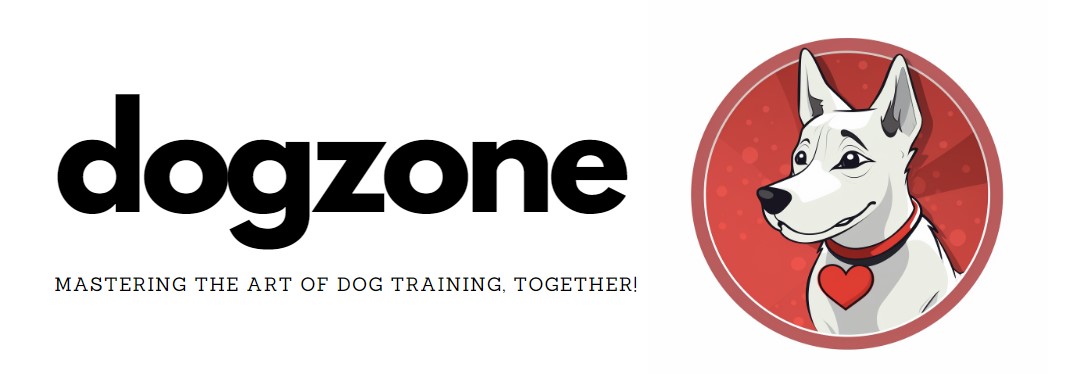
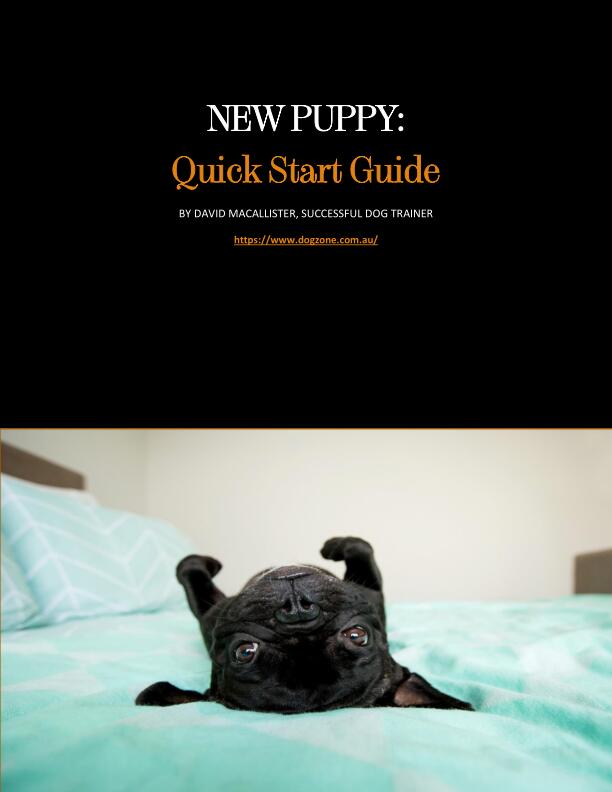
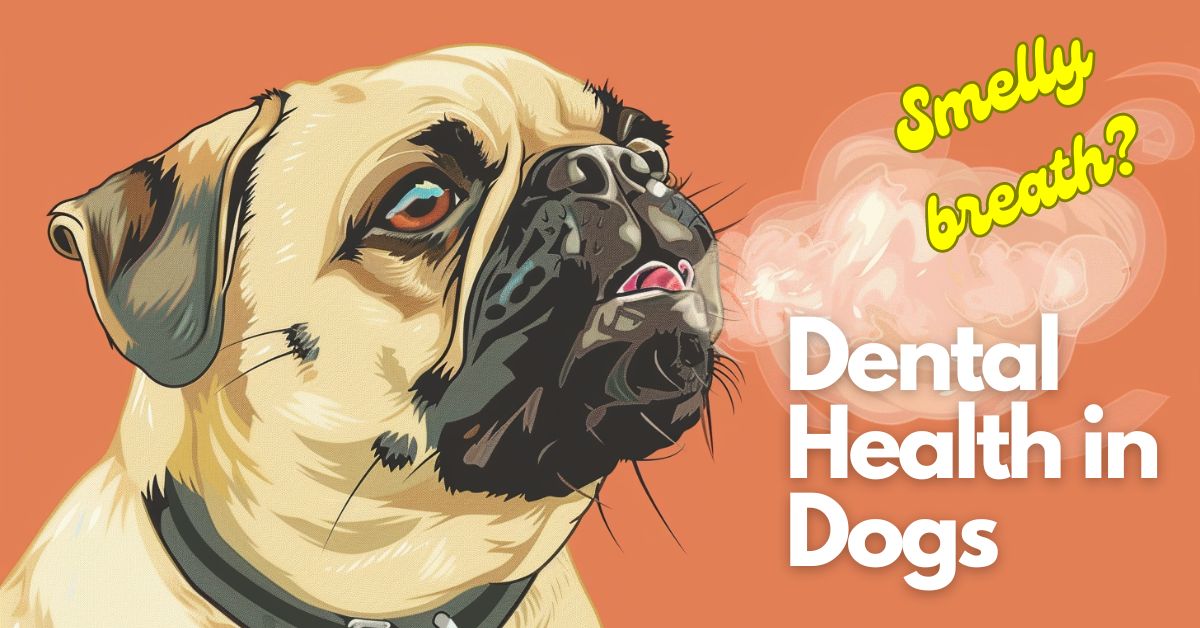
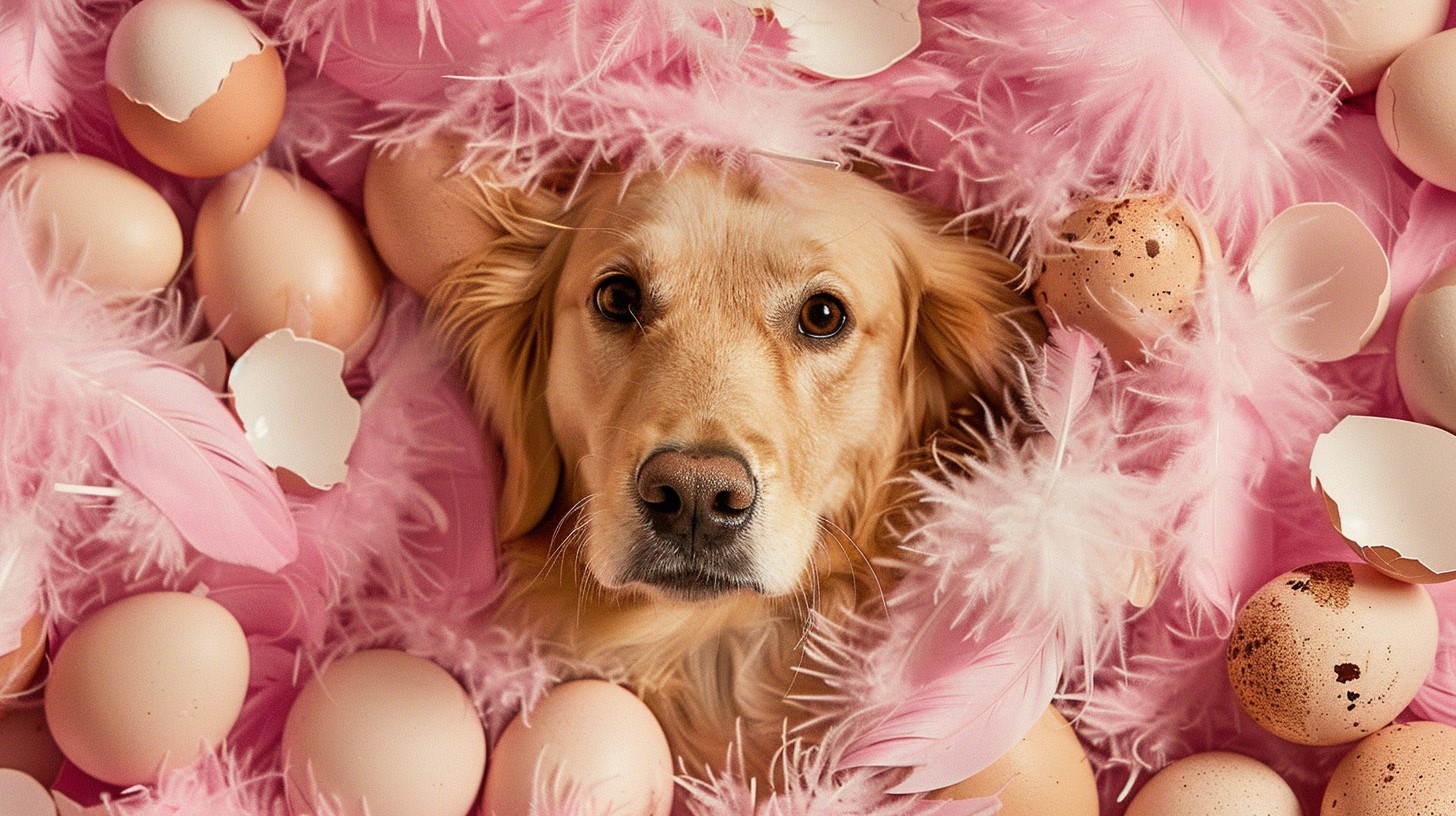
Leave a Reply